Life and Death in Tulum

For the last nine months, I have been living in Tulum, on the coast of the Yucatan peninsula in Mexico. Before that, I was in Vienna for five months. All told, this is, by far, the longest stretch of time I have spent away from America. I am shocked by my lack of nostalgia for my home city, New York City, or the United States generally. I am loving Mexico (although Tulum is hardly typical, in many respects) — and the sense of mild dislocation, the softening of identity, that comes from settling in a new country.
Tulum is a unique place. Geologically, the region is built on a shallow limestone shelf with the world’s largest freshwater aquifer underneath it. Socially, it is a town in a process of accelerated development, transforming, haphazardly, into a city. Tulum has no sewer system, and many of the poorer residents live without sanitation. They cluster in wooden and cinderblock shacks in an area called “the invasion” which borders on Aldea Zama, a large gated community set up for wealthy expats, with endless condo complexes under construction.
I live in La Veleta, a neighborhood that reminds me, in many ways, of my pre-pandemic East Village home. Across from me, they are putting the finishing touches on a a new four-story building — I watched (and unfortunately heard) them construct it with astonishing rapidity out of cinderblocks and poured concrete — named “The Bohemian.” New restaurants, cafes, and food carts seem to pop up along the main street of La Veleta every few days, as tourists and expatriates arrive in droves, escaping the global gloom.
Tulum has many distinct but overlapping communities. One large subset is the Neo-spiritual or “consciousness” crowd, exploring every form of alternative healing modality — plant shamanism, past life regression, Theta Healing, Kambo, Light Portal Activation, sound meditation, channeling, and so on. The interest in shamanism and related topics attracts all sorts of eccentric characters that are familiar to me. There is also a large contingent who come to party, intent on drug-fueled euphoria and self-oblivion. And then there are those trying to score off the area’s tourist explosion and massive real estate boom.
In Tulum, people ignore Coronavirus, to a great extent, without horrible repercussions. Although tourists are mainly mask-less, the hospitals remain empty. Almost everything here takes place outdoors — even restaurants are generally open-air places covered with concrete roofs or palapas — which may reduce the risk of contagion and lower the viral load if and when the virus strikes. Living here, I never enter enclosed spaces like Subways or crowded bus. I have taken only one elevator — one flight up, strictly as a novelty.
I came here with my soon-to-be ex-girlfriend last summer, because my European visa had expired and Europeans were barred from entering the United States. Mexico was one of the only countries we could enter together — other options were Turkey or Barbados. We spent our first month in Ahau, a popular beachfront hotel. Tulum was still in semi-lockdown. Friends of mine from the Burning Man community were living there. They invited me to join them.
It was a beautiful and unique time in the Hotel Zone as the beach was quite empty. The oceanfront stretching outside the high-priced cabanas, bars, and restaurants used to be a spawning ground for giant sea turtles. In recent years, fearing the crowds, the creatures had stopped laying their eggs in the soft sand. During lockdown, the turtles returned to reclaim their heritage. Along the beach, turtle nests were demarcated by handmade signs, nets, and sticks. A few times, we watched swarms of newly hatched baby sea turtles emerge from underground, crawling hesitantly toward the ocean. It is a bittersweet spectacle, as only a small fraction of them are destined to escape their waiting predators and survive to maturity.
After my girlfriend and I broke up, I decided to stay in Tulum. I saw no reason to return to New York, ravaged by the pandemic and the BLM riots. Most of my friends had moved out of the city. I couldn’t figure out what I would do there if I returned.

There is another reason that living in Tulum makes sense for me: In 2006, I published, 2012: The Return of Quetzalcoatl, exploring the end of the 5,125 year Long Count of the Mayan calendar, correlating it with ancient prophecies from other cultures and civilizations. I supported the hypothesis that the end of the Long Count marks the transition into a new evolutionary cycle — eventually, a new consciousness — for humanity. A major focus of my book was the knowledge of the classic Mayan civilization, which inspired modern visionaries like Jose Arguelles and Terence McKenna.
Sergio Magana, a shaman in the Aztec tradition, calls the years 2012 – 2021 the transition between the Age of the Fifth Sun, a “Sun of Light,” and the Sixth Sun, a “Sun of Darkness.” As Magana writes in his book, The Age of the Sixth Sun, the nature of our collective reality subtly transforms as humanity moves into the Sixth Sun. During a Sun of Darkness, what we experience as reality becomes more psychically malleable, more dream-like. As he told me in an interview:
“The four ages oscillate between Suns of Light and Suns of Darkness: The Sixth Sun is a Sun of Darkness. This is not good or bad. “Darkness” means what is unknown: our shadow, the dream state, “the cave.” In Nahuatl tradition, we have the “tonal” and the “nagual.” The tonal is who you are awake: who you are reflected in the obsidian mirror. The nagual is our essence, energy body: who we really are. On the way to our essence, we find the dream state and the dream body. In the Age of the Sixth Sun, we have to learn the science of dreaming – we have to take control of the nagual. Everything can be done in the state of the nagual.”
I received a similar message as part of a channeled transmission I received in Brazil in 2003, while researching my 2012 book — long before I knew of Magana’s work:
“Reality,” as you currently experience it, is something like a waking dream. It is a projection, or let us say an interface, disguising deeper and more intensified levels of being and knowing. For those who are ready and willing, the doors to those other levels now stand open.
Apparently — for what it’s worth — we have now entered this long-prophesied “next age.” For many, this shift remains imperceptible. Others experience it internally, as an ongoing change in the nature of the Psyche.
Living in Tulum, I am surrounded by the Mayan world. Unsurprisingly, the indigenous people here are poorly treated. According to Quetzal Taab, a local Mayan political leader, this region of the Yucatan was redefined as a tourist area and dubbed the “Riviera Maya” in the 1980s. There were 38 indigenous Mayan pueblos in the area, but the people living there had no title to the land — their ancestors had been living there for centuries, long before the Conquest. When the government takes away their lands and hands it off to developers, the Maya resettle deeper in the jungle. They take the lowest-paid jobs in the hotels and restaurants. They rarely get promoted. In many of their villages, they now prefer to drink Coca Cola instead of water.
In many ways, Tulum is a perfect microcosm of the macrocosm, displaying all of the glaring flaws in our current system. Ecologically, it masquerades as a tropical paradise. In reality, rapid over-development and lack of proper sanitation are causing severe ecological problems (as explored in the short film, The Dark Side of Tulum, and the New York Magazine article, Who Killed Tulum?). Up to now, efforts to address this through some unified initiative have failed due to greed and competing interests. These days, the ocean is often clogged with Sargassum, a brown algae that is proliferating due to human waste. The wealthier people manage to avoid confronting this reality, as much as possible, by moving to Sian Kan, the still-pristine bio-preserve, or by buying condos in gated communities or private villas in the jungle.
Tulum is also increasingly violent, with shootings and homicides on the rise as the cartels move in, responding to the tourist demand for drugs. The night before writing this, I hosted an event at a beach hotel — one of a series of events exploring UFOs and ETs. During this event, two young women from Norway communicated with the “Arcturian Star Council,” which describes itself as a ninth-dimensional ET and delicately implores humanity to enter our “heart consciousness.” Next door, there was a shooting. People trying to get to our event were greeted by flashing sirens and a body lying in the road in a pool of blood.
There is no sense that the problems bedeviling Tulum are being addressed in some coherent and sensible way. Most of the expats I meet who have been living here for some years believe it is too late to “save” Tulum. They anticipate staying a few more years and then moving elsewhere. Some of the main hoteliers who brought the Burning Man crowd here and started the current tourist frenzy are already scouting land in Oaxaca and other regions, getting ready to abandon Tulum as it becomes increasingly commercialized.
Walking the beach road on a weekend night, you cannot escape the sense that we are already living in the ruins of a failed civilization. A disposable civilization imminently destined for the trash heap. Women in tight mini-dresses display fortunes spent on body-augmenting breast and butt implants. Pharmacies advertise Viagra, Human Growth Hormone, and legal amphetamines. Artfully sculpted clothing made from organic fibers sells for hundreds of dollars per garment. Pounding music blares from restaurants where thoughtful conversation is impossible. Dangerous potholes litter the narrow two-lane street that provides the only access to the chic hotels. Military police drive by on flatbed trucks sporting machine guns, wearing black outfits and masks that would make Darth Vadar proud. The overall impression is of cacophony, dissolution, chaos — a Las Vegas-like bedlam.

Just a few steps from this Babylon, one can enter beachfront hotels that are architecturally magnificent, meditatively serene, biomorphically constructed out of natural materials. Here you may encounter yoga classes, cacao ceremonies, sound meditations, indigenous dance workshops. A new culture has been established, finding its roots in indigenous spirituality, transformational festivals, and Eastern mysticism. This parallel reality has become the leisure-time focus for those focused on their own “ascension” or “awakening” process.
I have written elsewhere about Slavoj Zizek’s indispensable critique of the post-New Age “Eastern-tinged” spiritual culture. Zizek believes that this neo-Buddhism/neo-shamanism has become the underlying ideology of contemporary post-industrial Capitalism. It allows people to continue to participate in the “Capitalist game” with minimal guilt, because they have connected to a separate realm of inner peace and detachment.
Devotees of this post-New Age spirituality believe we are approaching, through the process of individual self-development, what Ekhart Tolle calls “the New Earth” — a better, even utopian world defined by a unified field of consciousness. In this way, it mirrors the transhumanist / Singularity ideology of Silicon Valley, a crucial prop for corporate globalization. By this logic, we don’t have to address immediate injustice, inequality, and ecological cataclysm right now because our technologies are going to evolve to the point where they take care of all of this for us, powered by the untrammeled forces of the market. Both the view that healing and self-development processes will bring about a collective psychic shift, and that technology and the market can resolve the problems created by technology and the market, rely on a Deus Ex Machina. They share a similar orientation toward the future, imagining an inevitable march toward progress.
Over the last few years, I have been interrogating my own assumptions and ideas about what kind of change is possible or inevitable. Increasingly, I feel that human psychology is the most intractable problem. Those who desire to “change the world” or solve the world’s problems generally underestimate the difficulties they will encounter in influencing collective psychology. As Emerson put it: “Of what use to make heroic vows of amendment if the same old lawbreaker is to keep them?” What is clear by now is that logic and reason aren’t enough to change people. Most people will continue their habitual behaviors, no matter how destructive, until something — some shock — intervenes to break the old patterns.
In Tulum, this shock could come from intensifying violence, increasing pollution and an unswimmable ocean, combined with a drastic environmental emergency. Months ago, we had a few severe storms that caused major flooding and shut down power in some neighborhoods for nearly a week. We narrowly missed a Category 5 hurricane that was spiraling toward us but dispersed in strength before landing. Currently, plans for the city include a new airport and the conversion of much of the area now reserved for the mangroves that protect the coast into condos. This will also reduce the area’s capacity to withstand disruptive weather events in the future.
As I explored in my book How Soon Is Now, it is possible that we, as a species, have unconsciously unleashed ecological catastrophe to force a collective process of initiation — eventually, a transition from our current hyper-individualist and ego-centric state of consciousness to, as the Arcturians proposed, a “heart consciousness” based in love and compassion, where cooperation replaces competition. I still hope this is the case, as our alternative is, most likely, extinction. It is unfortunate, however, that before humanity can make such a jump, we are eviscerating so much of the natural world and the web of life in which we are enmeshed.
I continue to write with the hope that a truly revolutionary, transformative spirit will rise up in the people. I hope we will find a way to use our technical and creative powers, our stored reserves of capital, to bring about systemic transformation. For instance, it would be amazing if we could find a way to stop the destruction of Tulum for the benefit of future generations and protect it as a natural paradise. It just doesn’t seem very likely.
Listen to the new audio version of Conspiranoia
Watch my four part seminar, Breaking Open the Head and the Psychedelic Renaissance
Check out Cosmic Thought, Cosmic Memory, Cosmic Dream: An Introduction to Rudolf Steiner
Join me in exploring ETs, UFOs, Psychedelic Encounters, and the Collective Unconscious


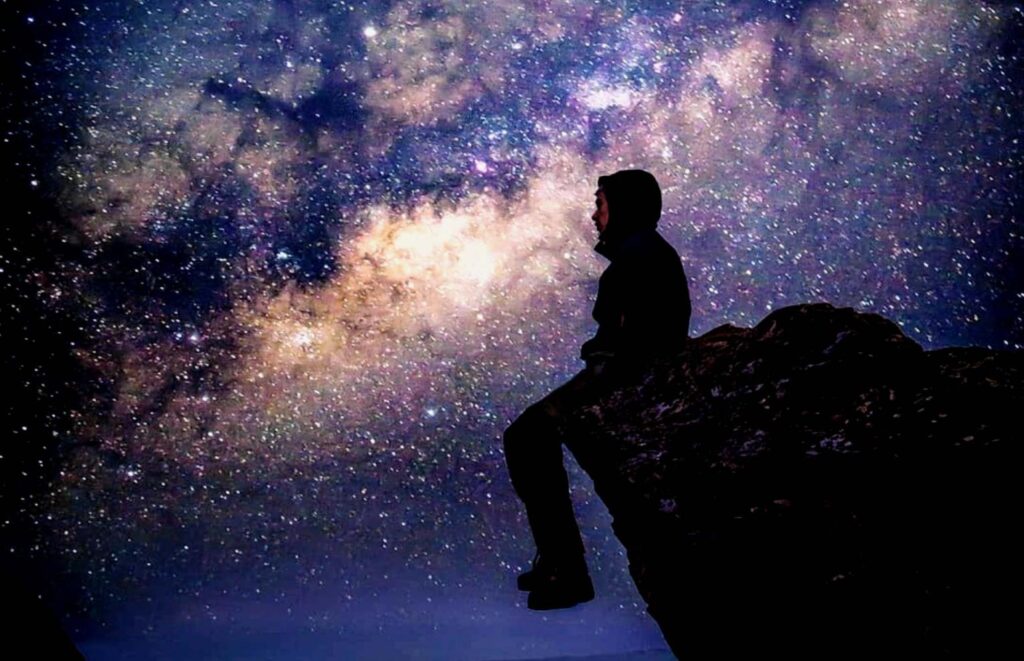
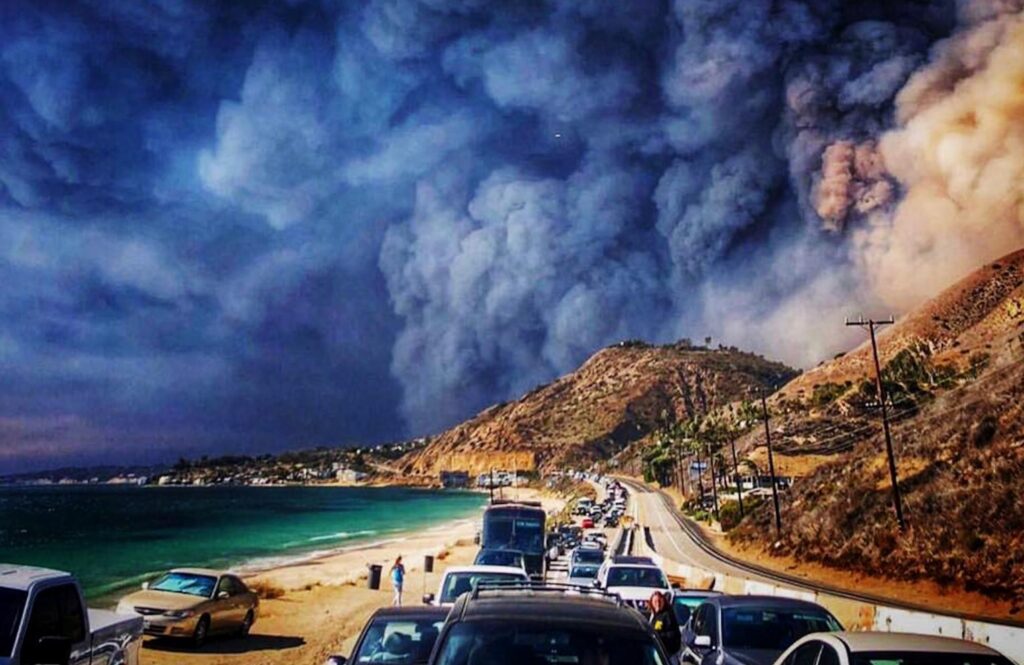
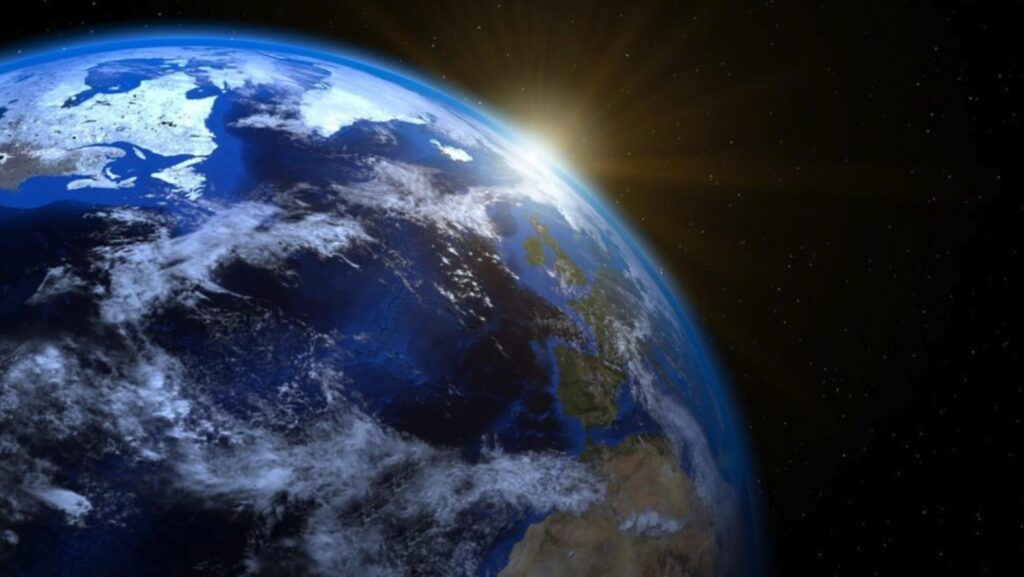

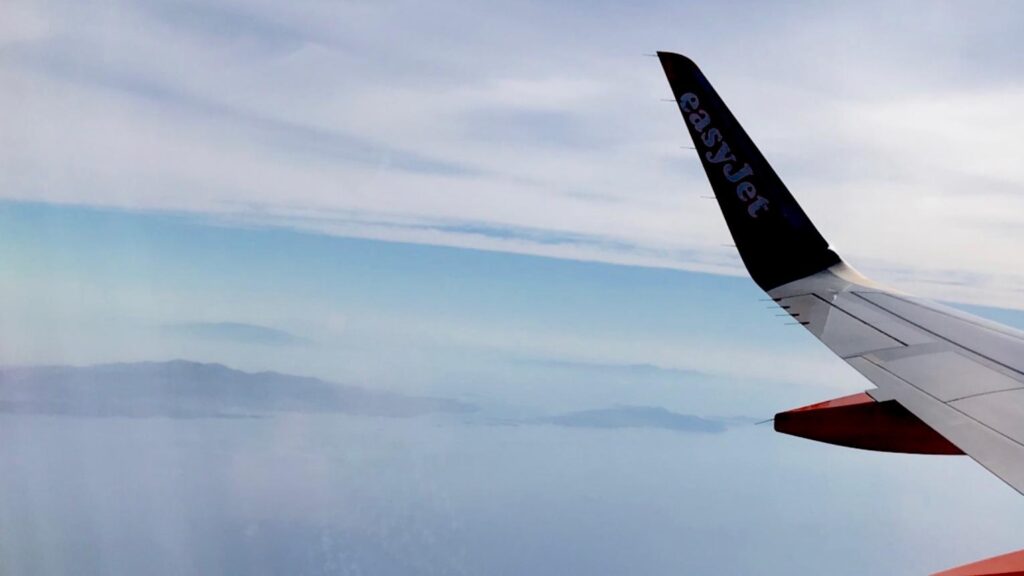
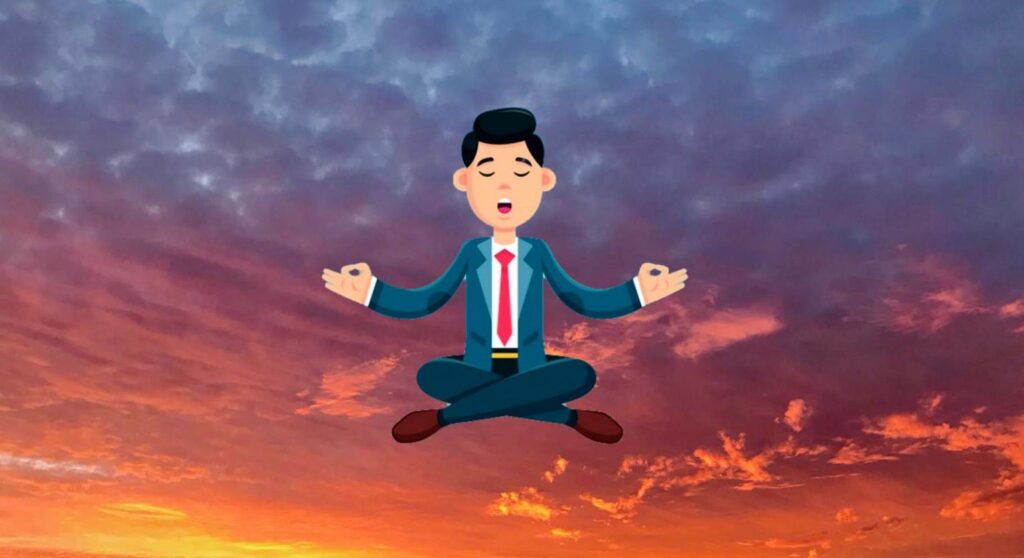
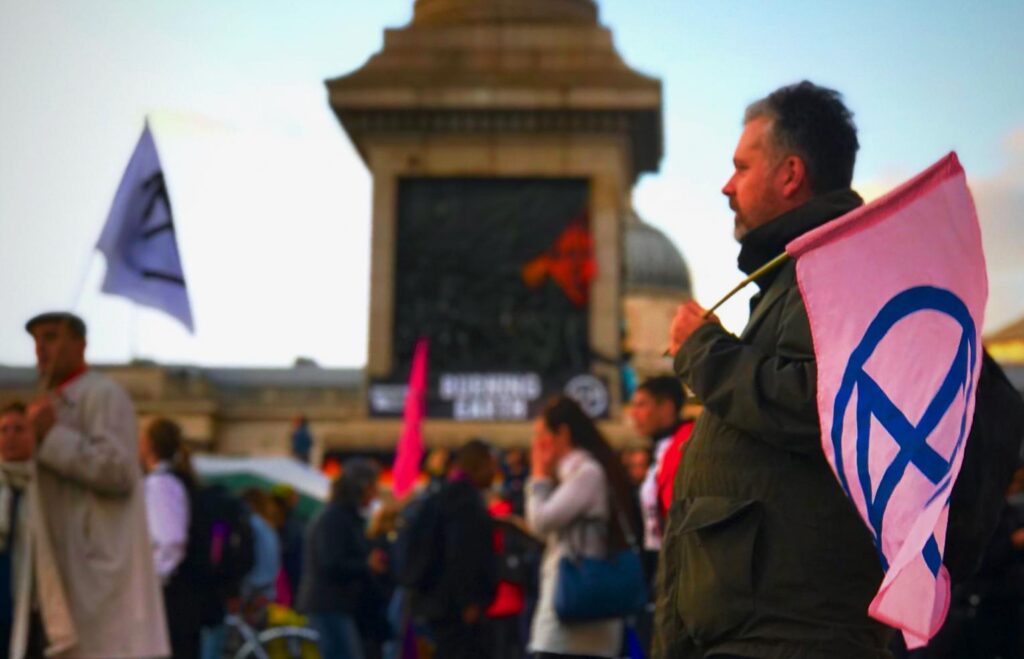
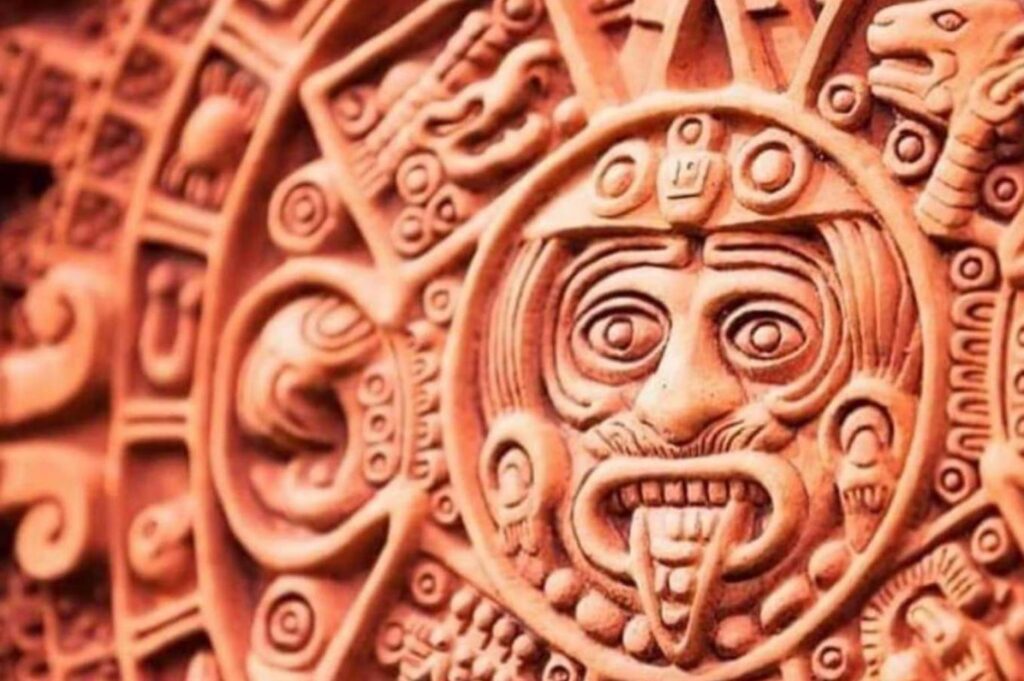
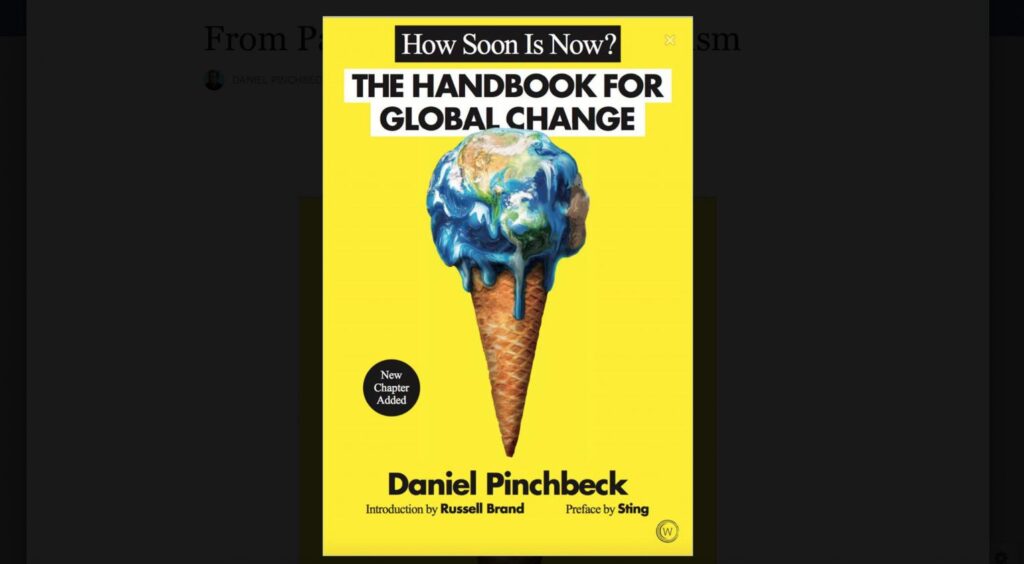
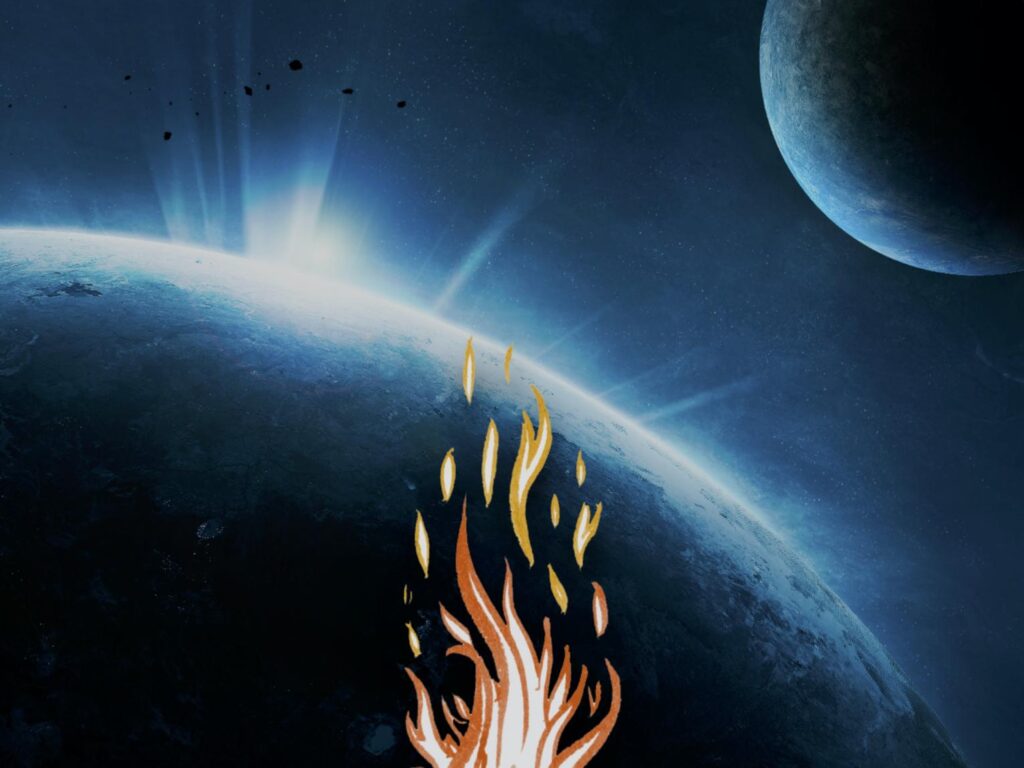

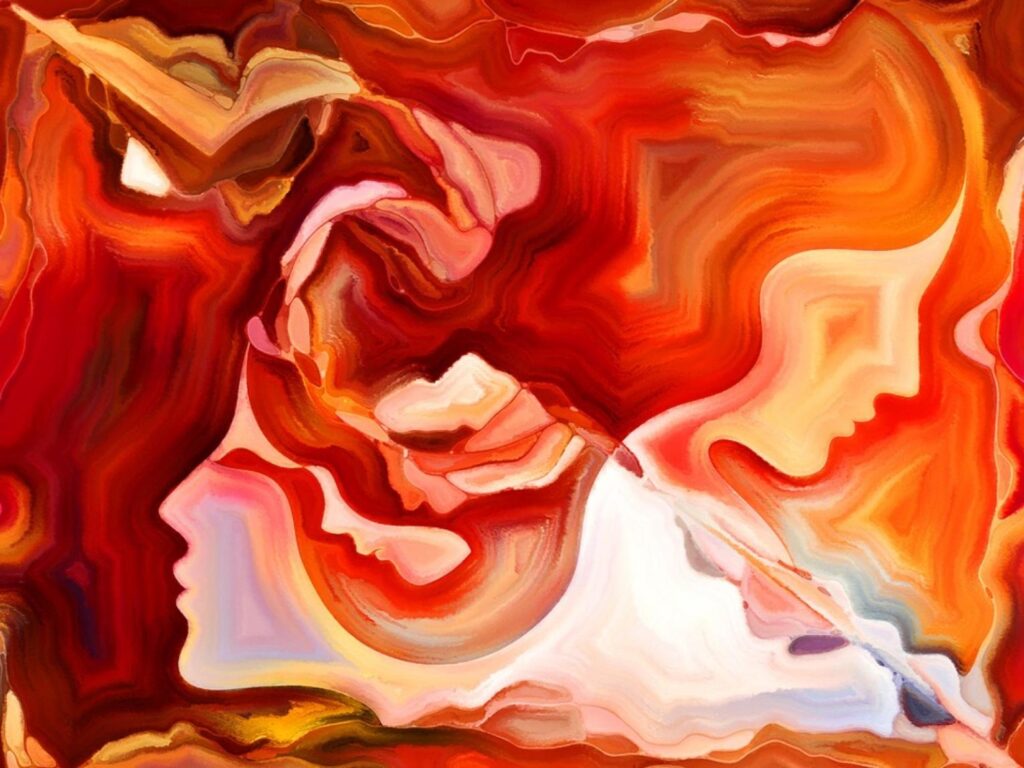

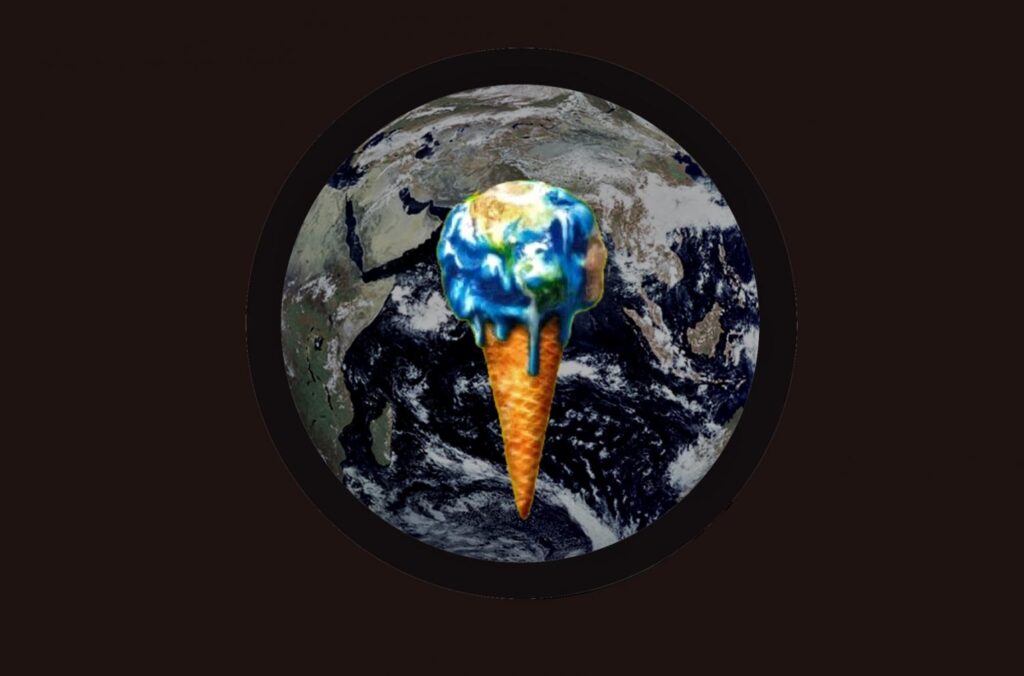
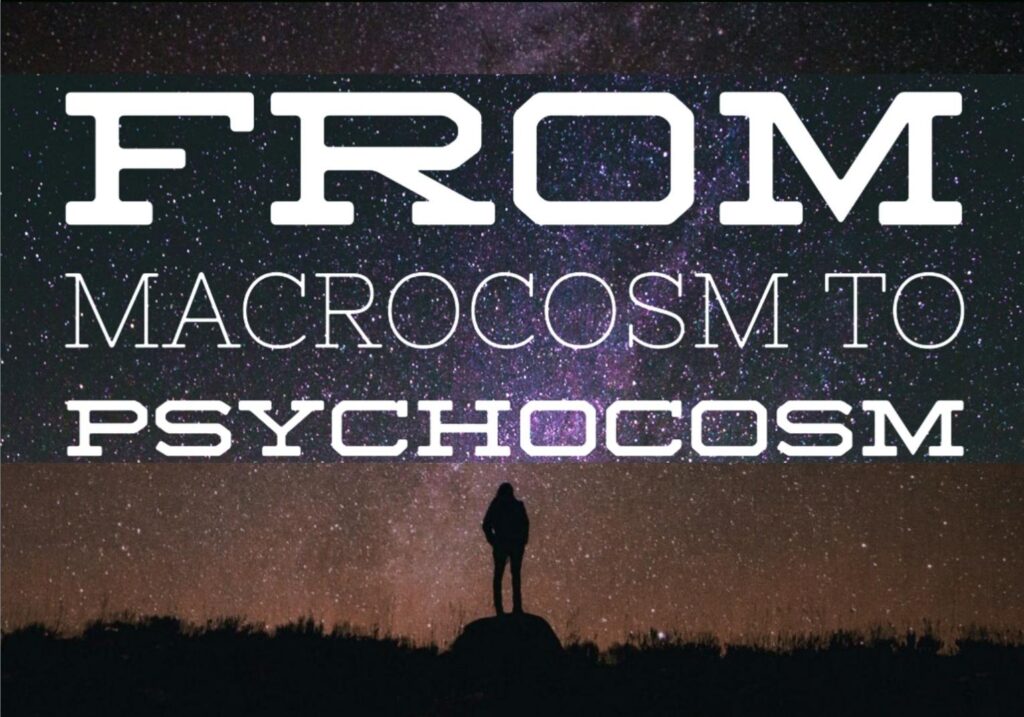
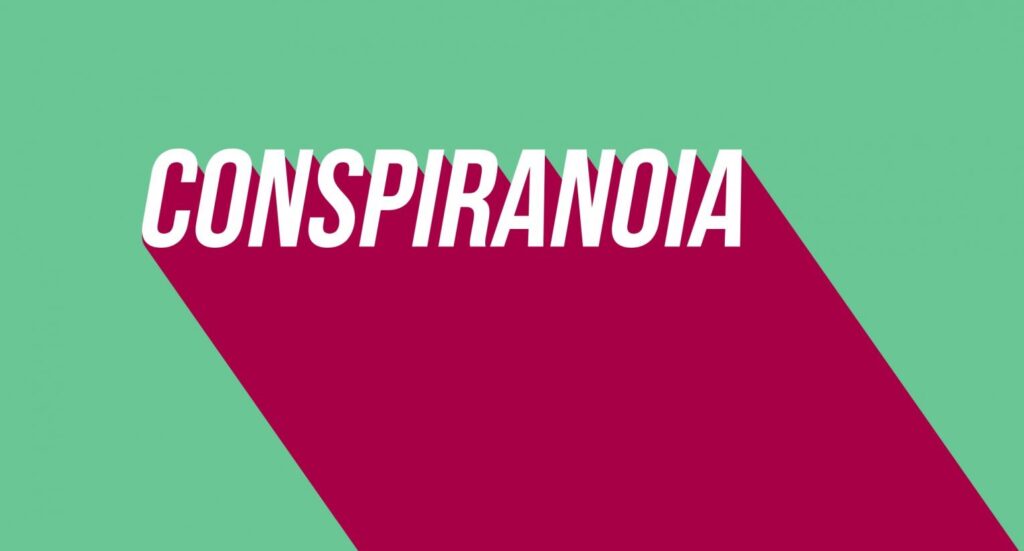
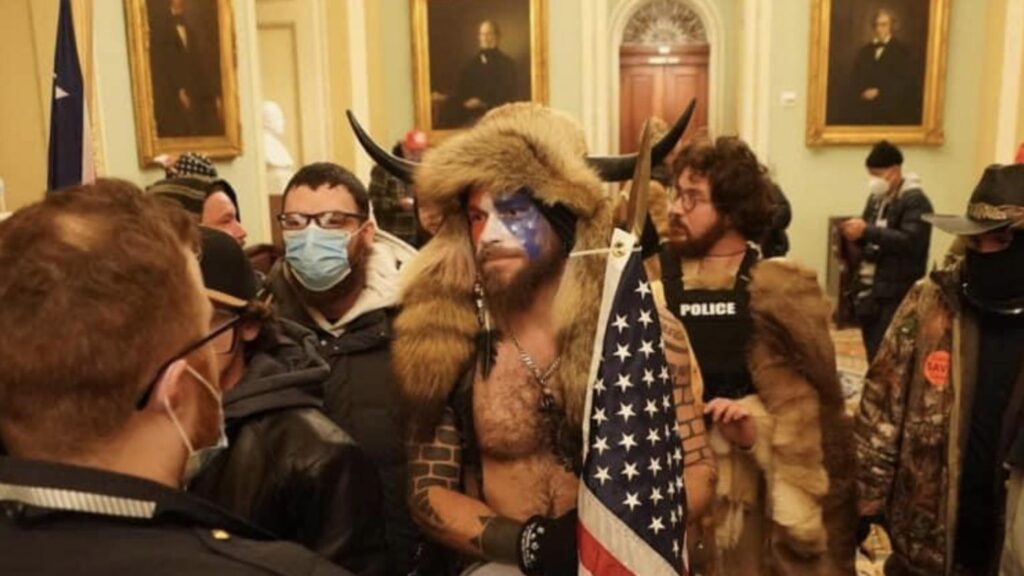
Responses